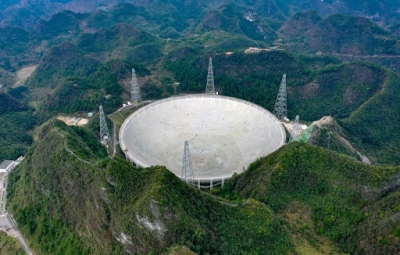
There are more volcanoes on Venus than on any other planet in the solar system. Astronomers know of more than 1,600 volcanoes on its surface, but there are likely many more too small for us to see. Scientists think most of these are dormant, though a handful may still be active.
Even though there are over 1,600 major volcanoes on Venus, none are known to be erupting at present and most are probably long extinct. However, radar sounding by the Magellan probe revealed evidence for comparatively recent volcanic activity at Venus’s highest volcano Maat Mons, in the form of ash flows near the summit and on the northern flank. Although many lines of evidence suggest that Venus is likely to be volcanically active, present-day eruptions at Maat Mons have not been confirmed. Nevertheless, other more recent studies, in January 2020, suggests Venus is currently volcanically active.
In 2020, a study by University of Maryland supported by Swiss National Science Foundation and NASA discovered that 37 of Venus coronae show signs of ongoing activity. Maryland professor Laurent Montesi said, “we are able to point to specific structures and say ‘Look, this is not an ancient volcano but one that is active today, dormant perhaps, but not dead…” The active coronae are clustered near each other, so positioning geologic survey instruments would now be easier.
Picture Credit : Google









